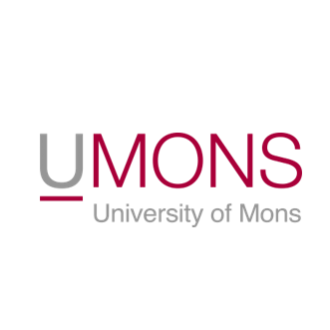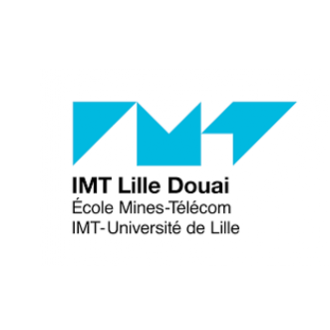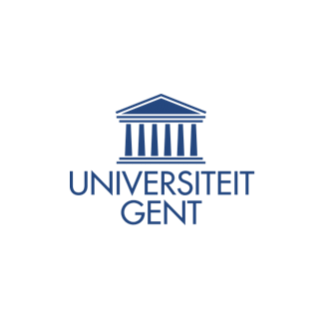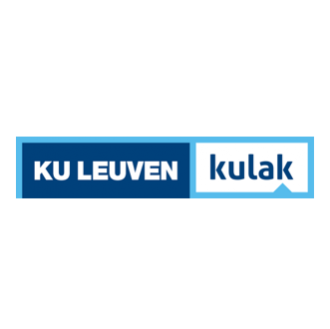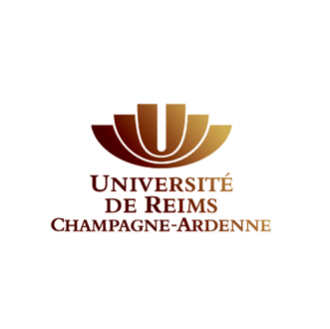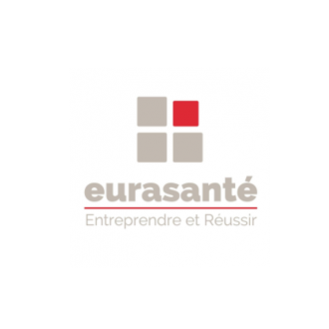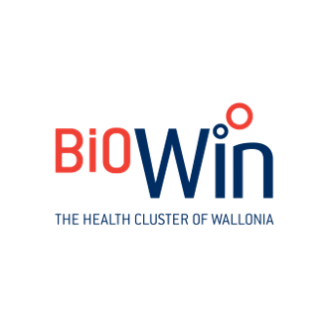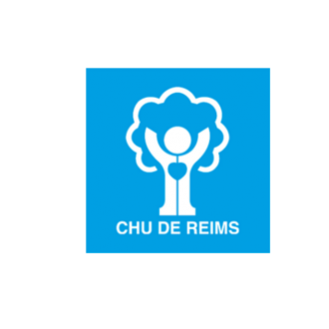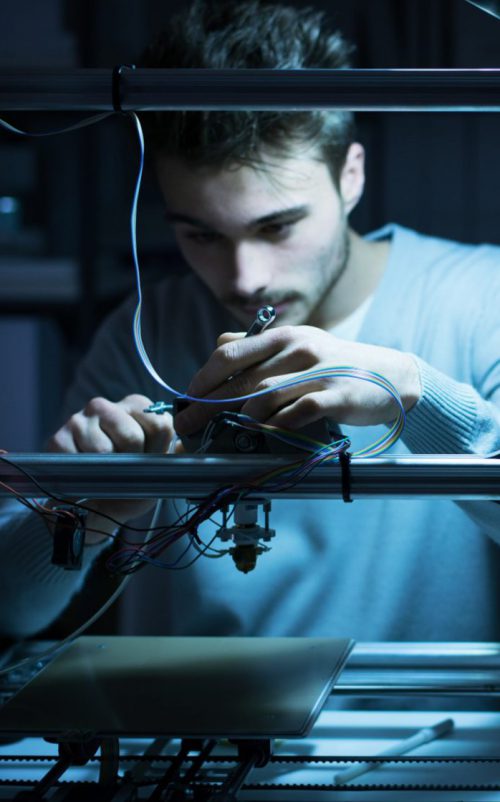
3D4MED
Context
The aging of the population leads to a growing need for new tissue repairing technologies to substitute defective organs. Currently, tissue repairing is performed either by autologous grafts or by transplantation from deceased donors causing problems of immune rejection of organs. In addition, the low availability of donor organs is no longer in line with ever-increasing demand of new tissues.
The main challenge of tissue engineering is the overcoming of the problems of organ shortages by providing surgeons with functional substitutes as developed in vitro. The principle is based on:
- The personalized development of temporary polymer matrices with minimal inflammatory issues that would allow cell colonization within its architecture during degradation and in fine the formation of the target tissue
- The biocompatibility of the polymers used in the elaboration of the tissue
- The structural characteristics (porosity / interconnectivity of pores) as well as the mechanical properties (elasticity / resistance) play a key role in cell development and tissue integration
3D4Med
Results & publications
- Antibacterial and Immunomodulatory Properties of Acellular Wharton’s Jelly Matrix
- Enhancing Myoblast Fusion and Myotube Diameter in Human 3D Skeletal Muscle Constructs by Electromagnetic Stimulation
- Electrospinning of poly(decamethylene terephthalate) to support vascular graft applications
- Pellet-Based Fused Filament Fabrication (FFF)-Derived Process for the Development of Polylactic Acid/Hydroxyapatite Scaffolds Dedicated to Bone Regeneration
- 3D-Printed Stacked Ionic Assemblies for Iontronic Touch Sensors
3D4MED
News
3D4Med
Objectives
& Strategy
3D printing
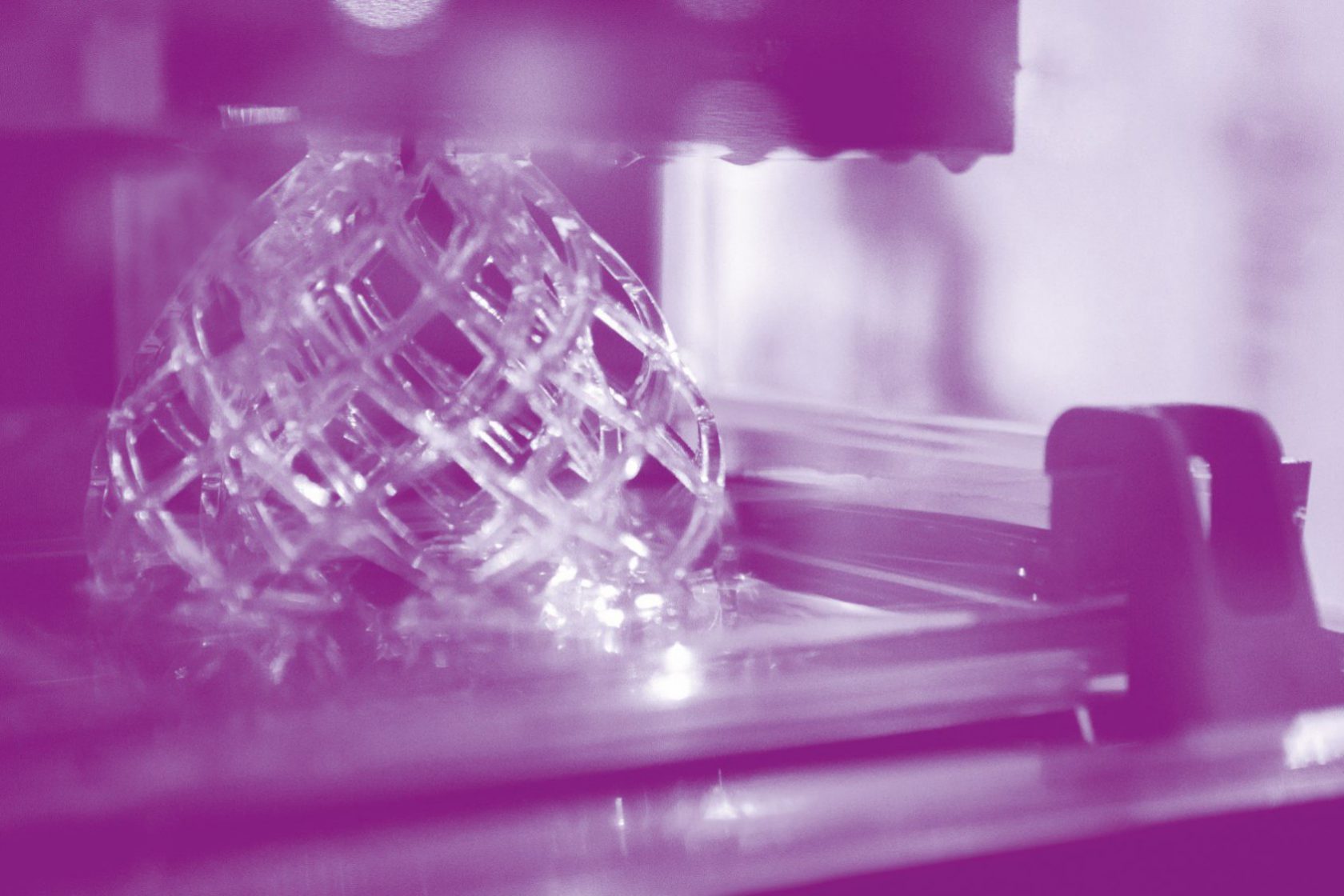
Innovation
In this context, the 3D4Med project will be able to innovate a solution through the knowledge of materials and 3D printing, developed from the expertise of the centers that make up the consortium as
- Through tissue engineering, it becomes possible to prepare personalized tissues and organs, in the laboratory, based on the body’s proper cells. To this end, the cells will be obtained from the patient, via a non-invasive technique, multiplied in the laboratory, and finally integrated on support structures developed in the project
- With the support of 3D printing techniques, it is possible to develop such patient-specific structures that will provide an exact form for the defective tissue to be replaced.

Consortium
Funded by the European Regional Development Fund
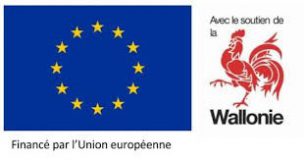
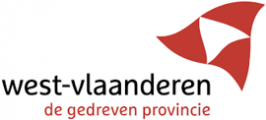
[ct_contact_form id=”94″]


